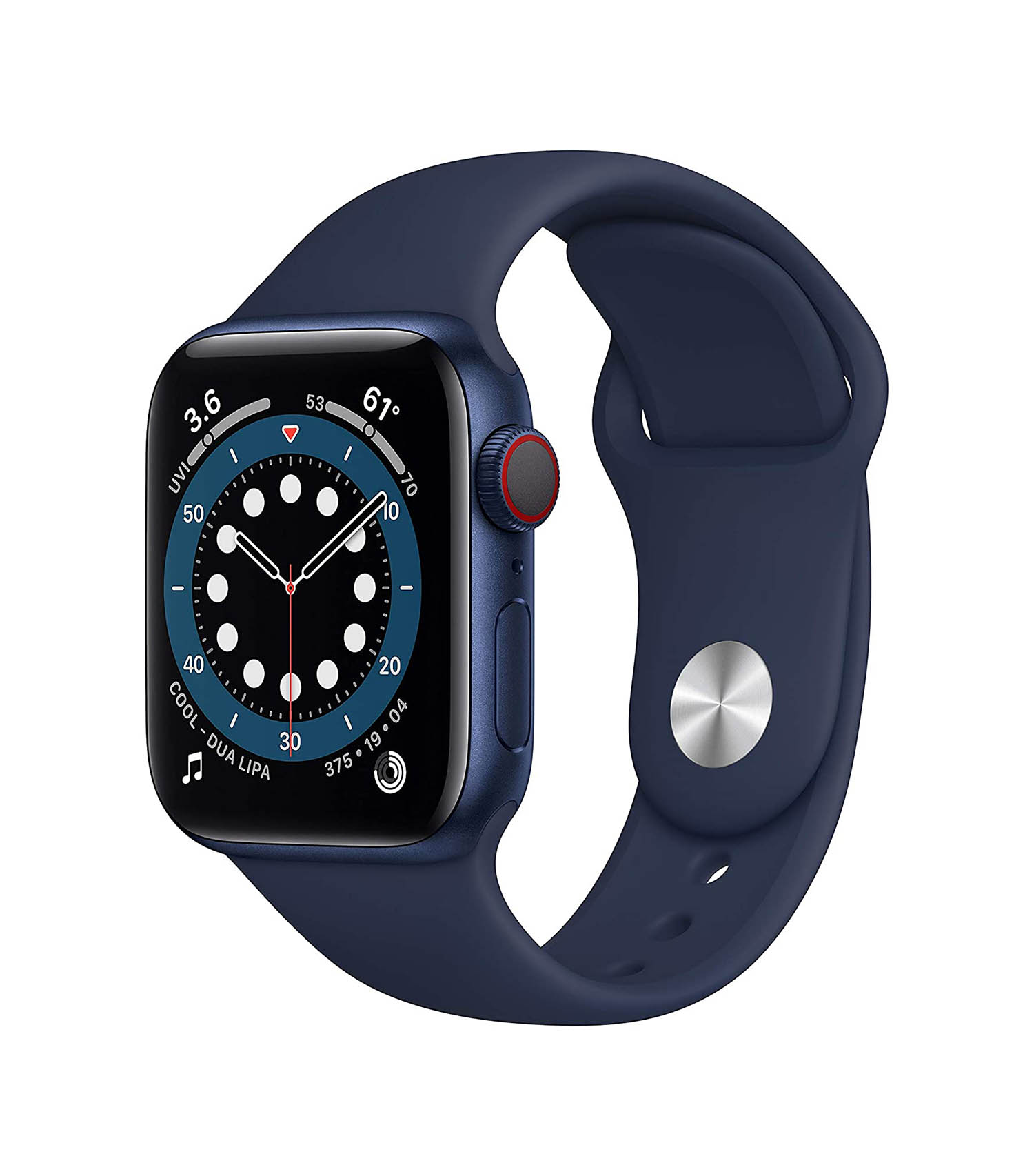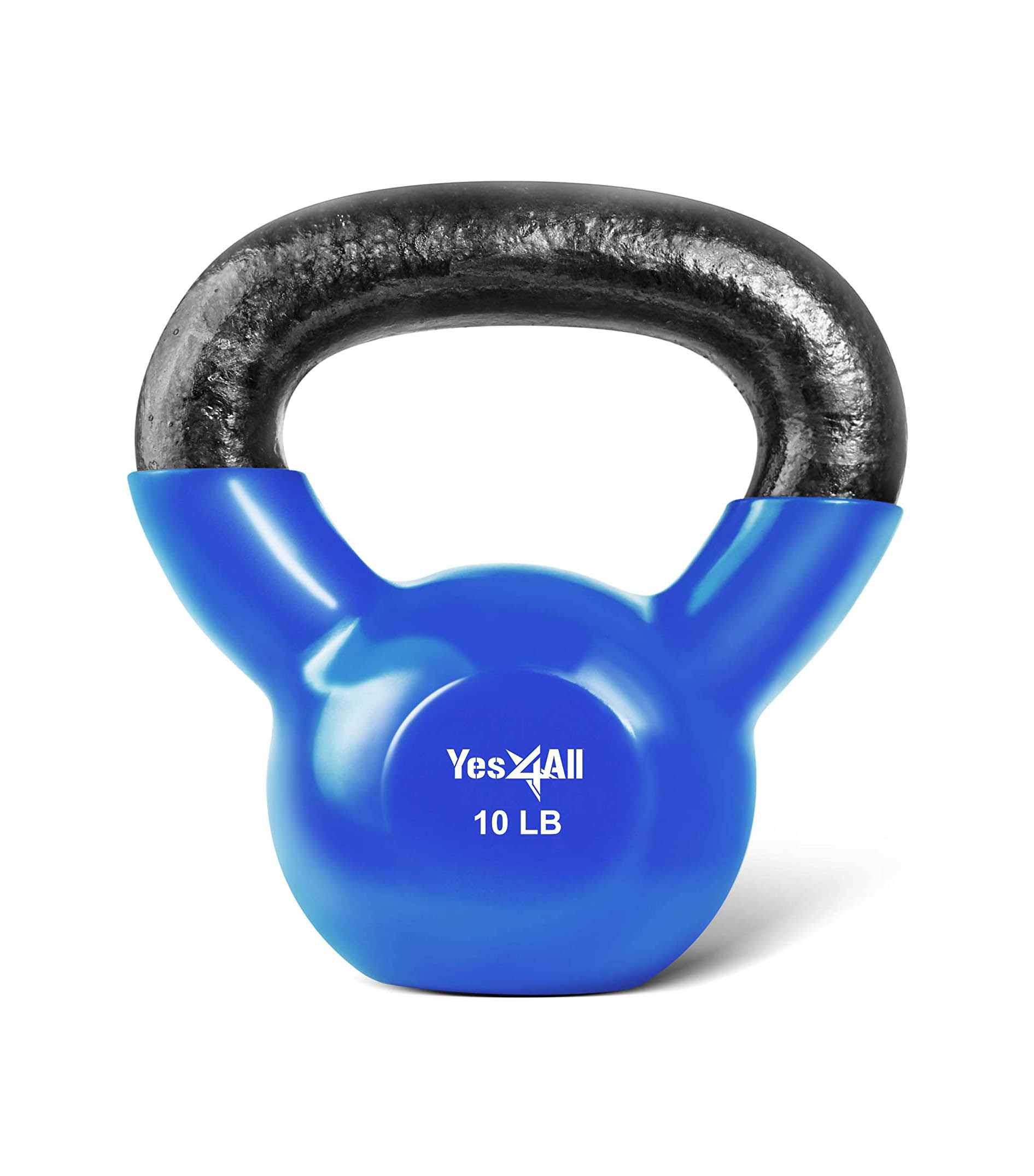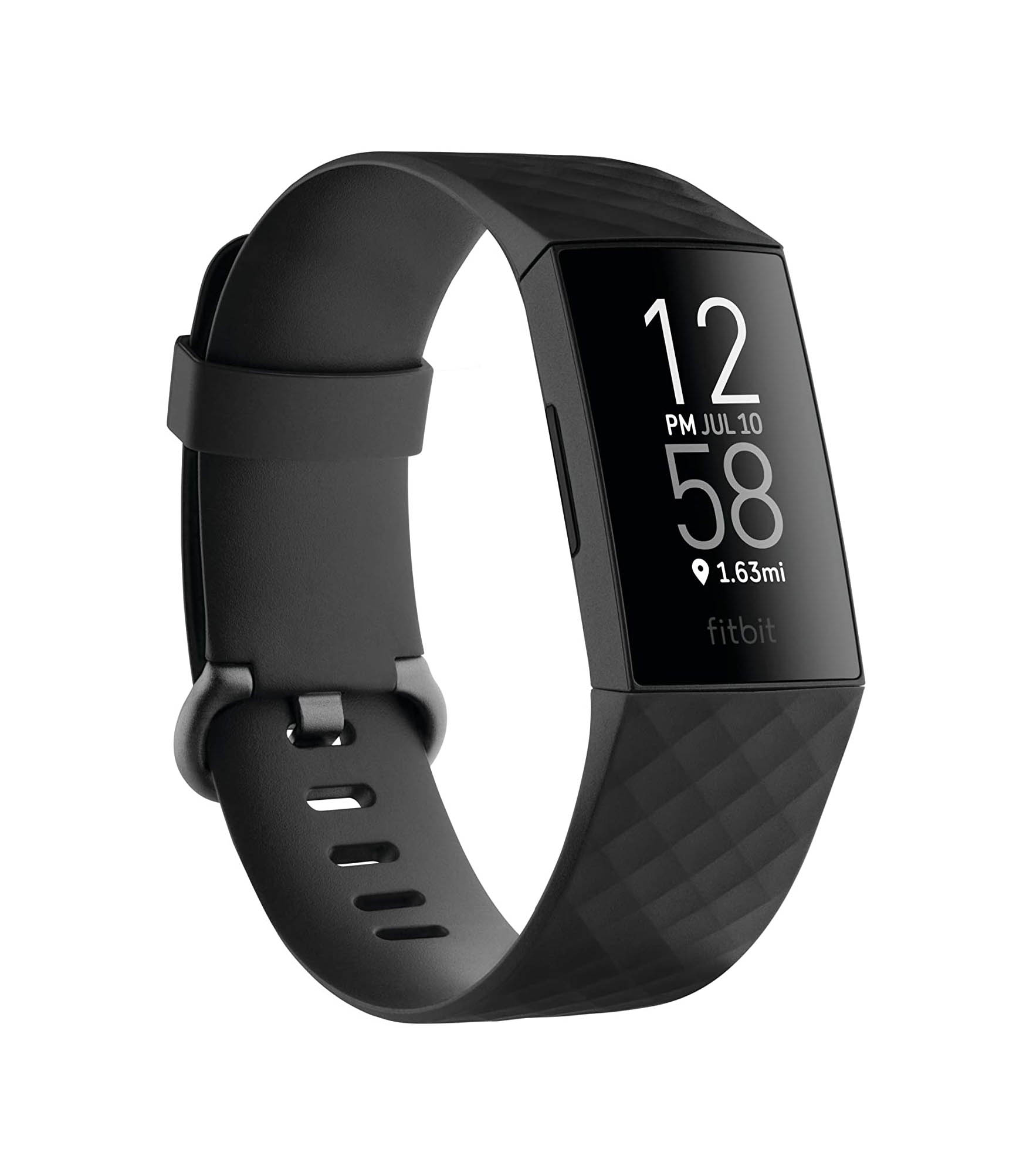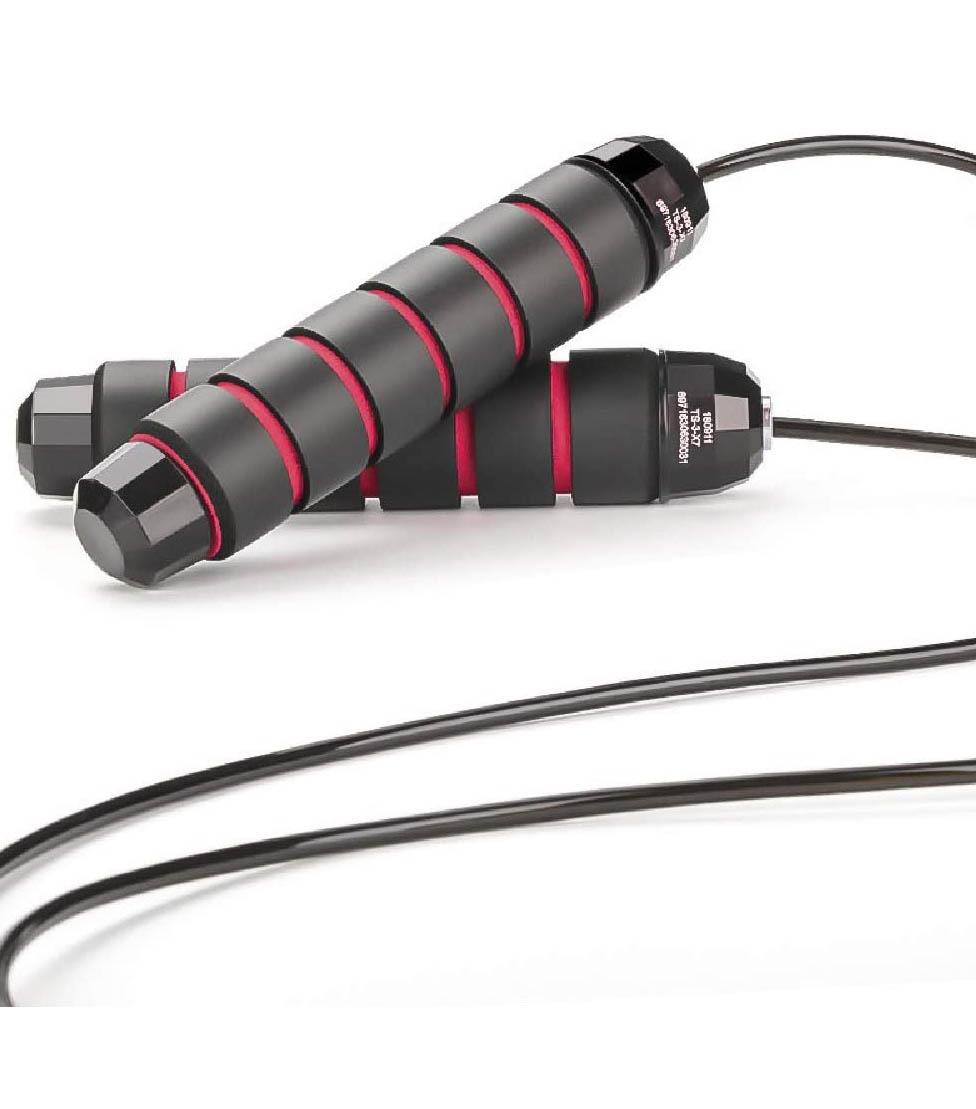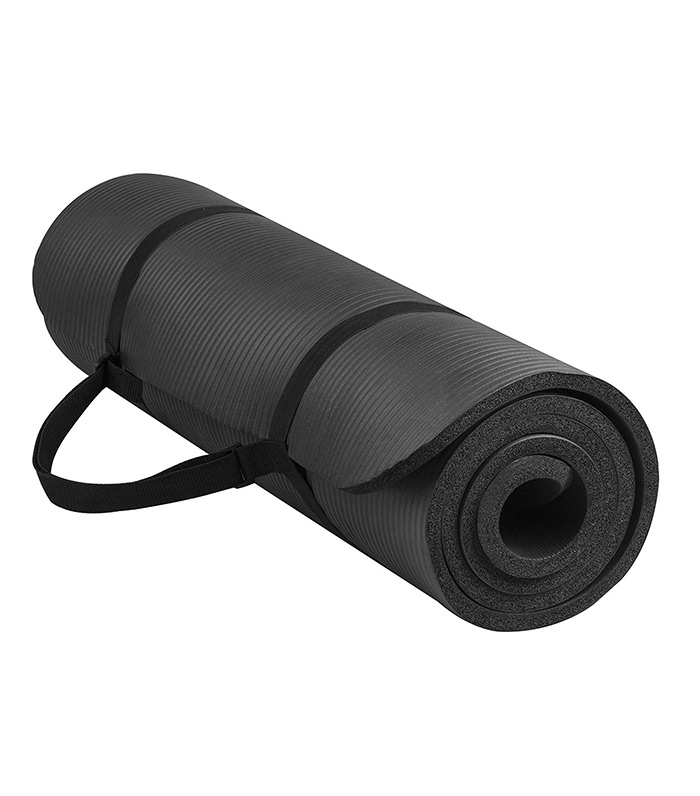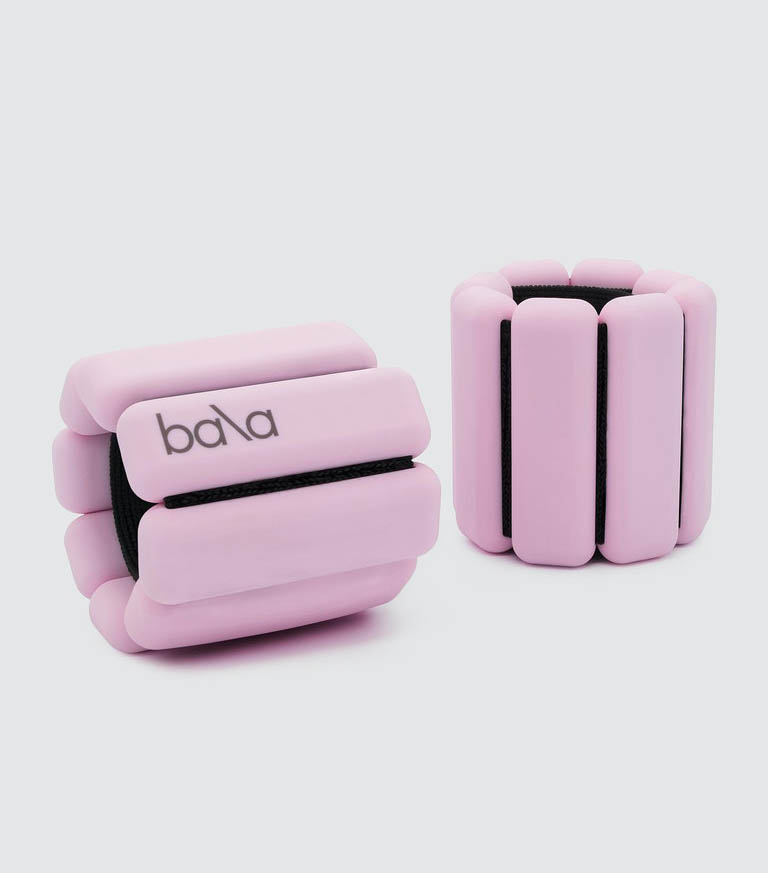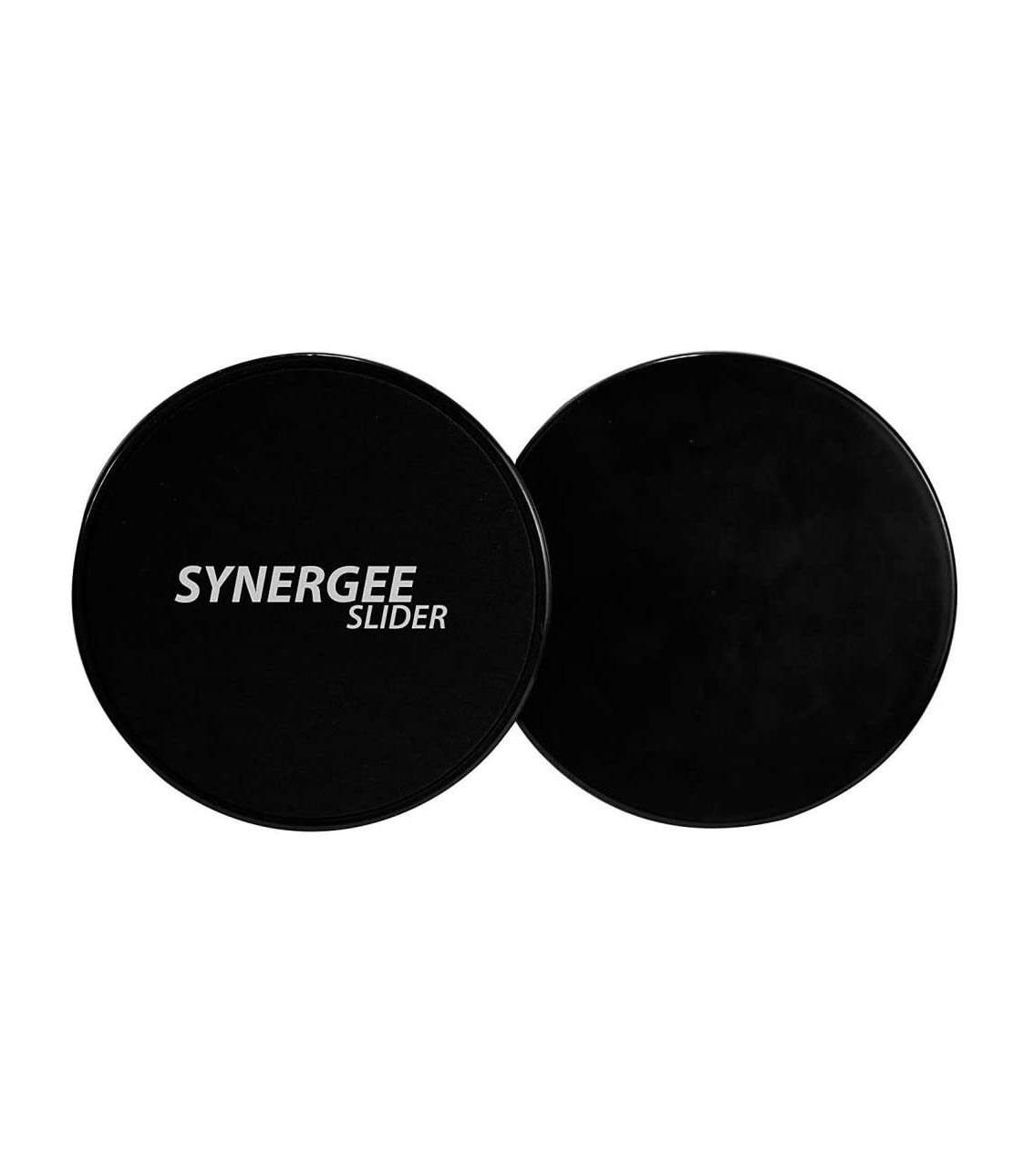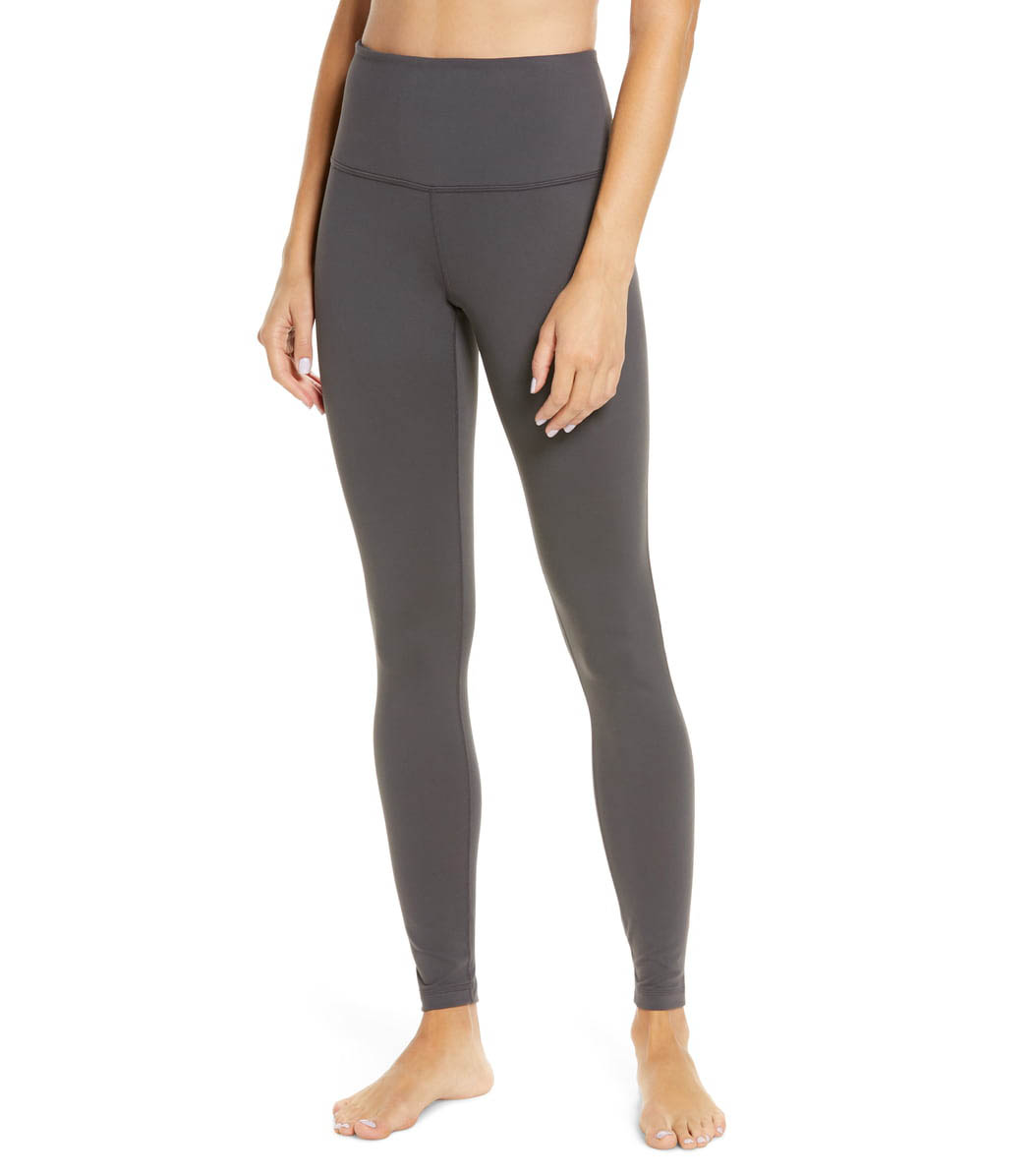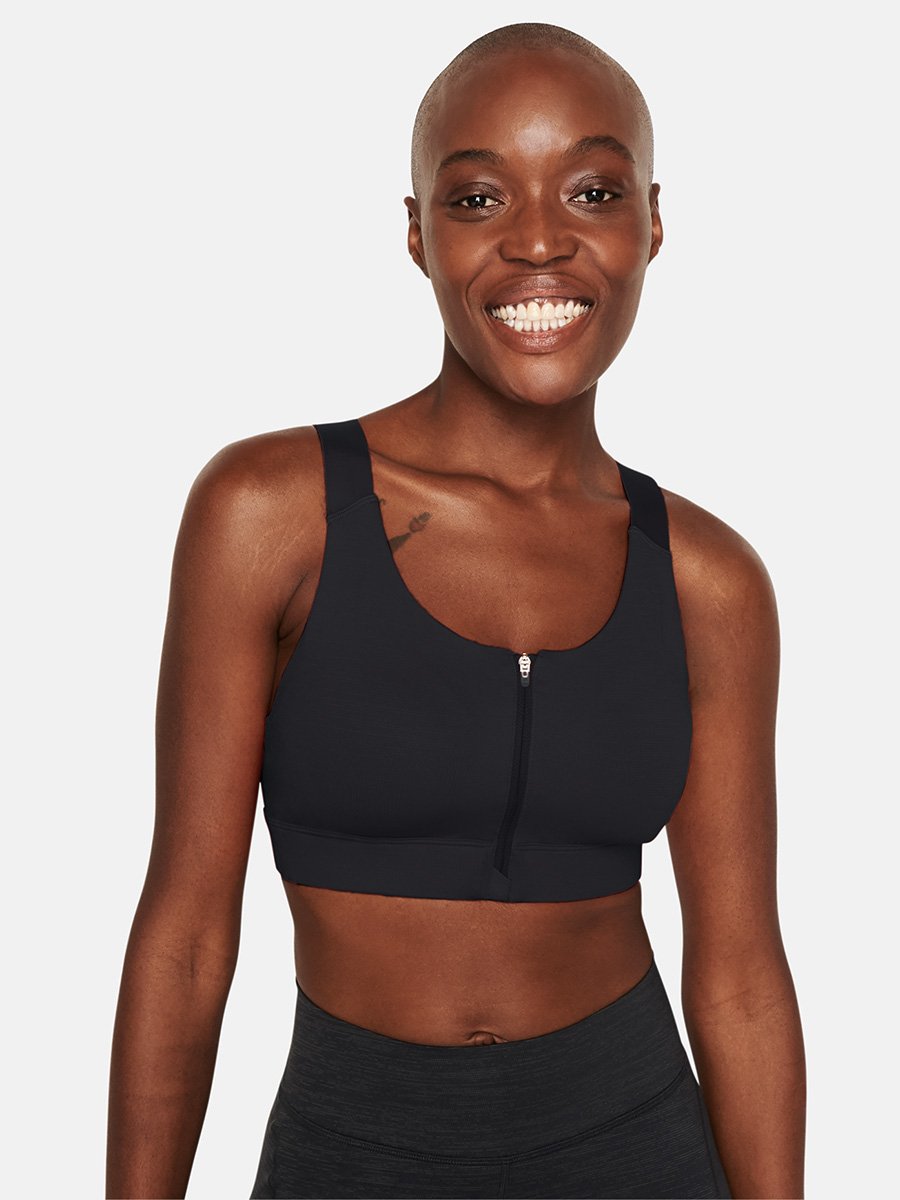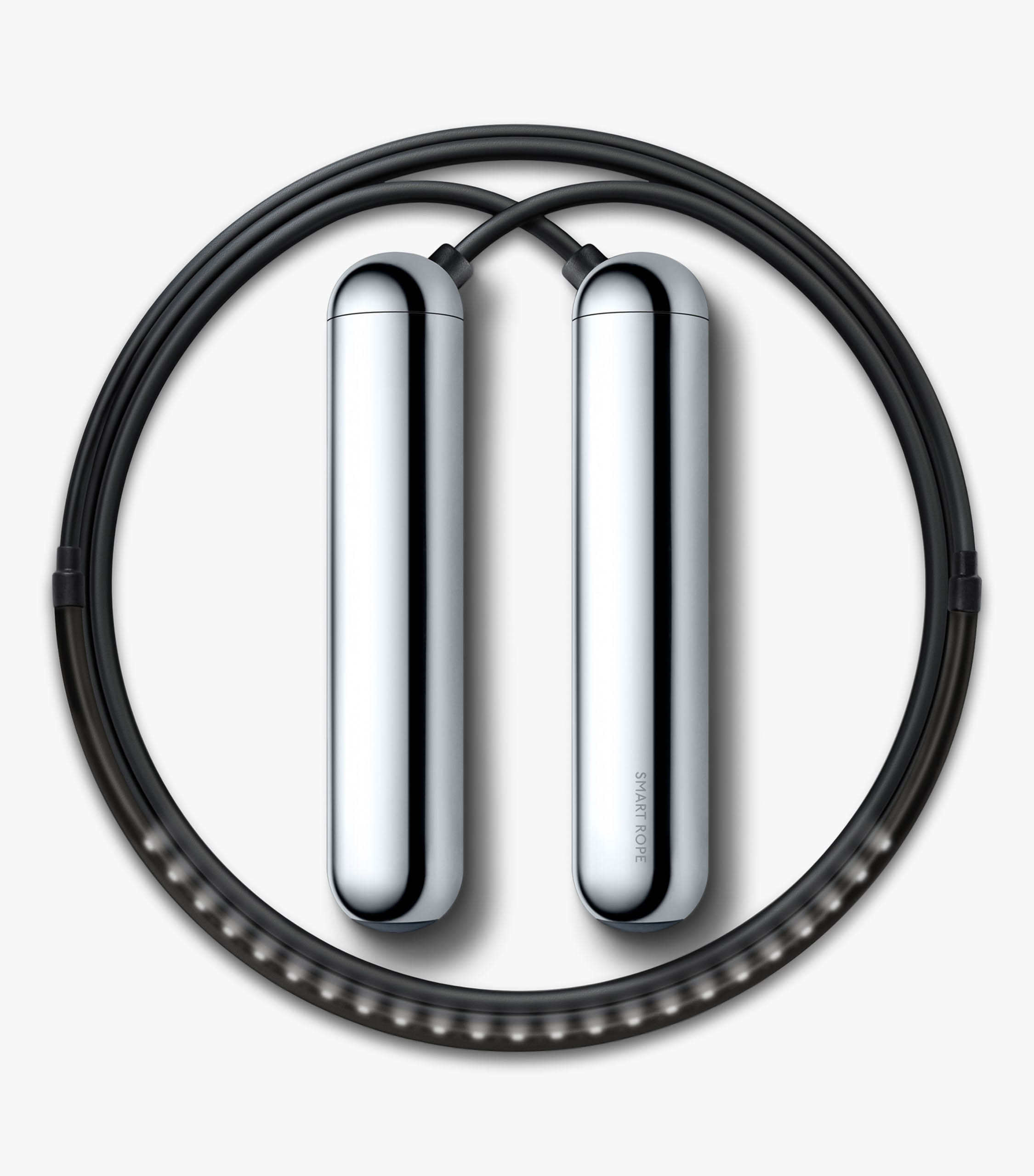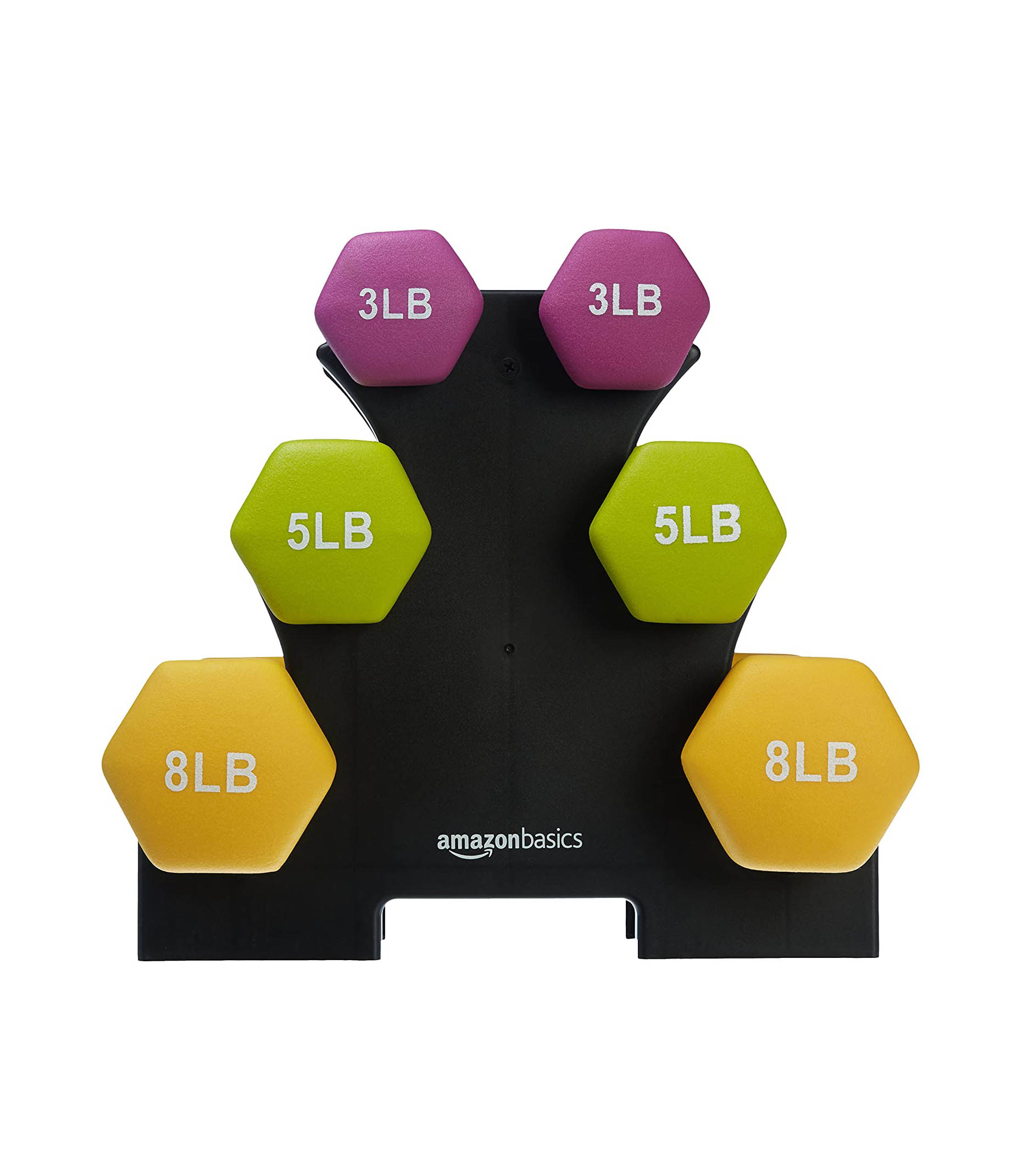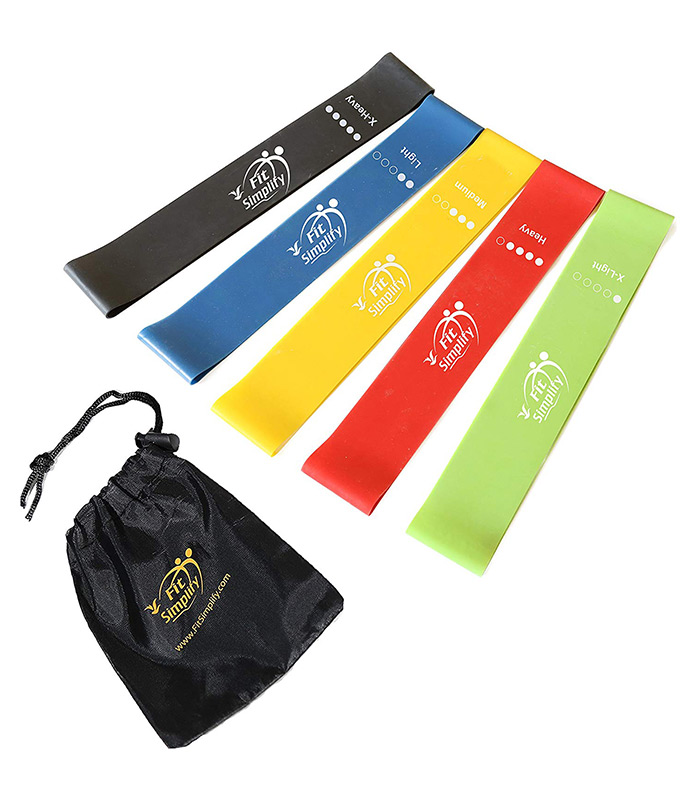The Trick to Making Your At-Home Workouts More Effective and Fun
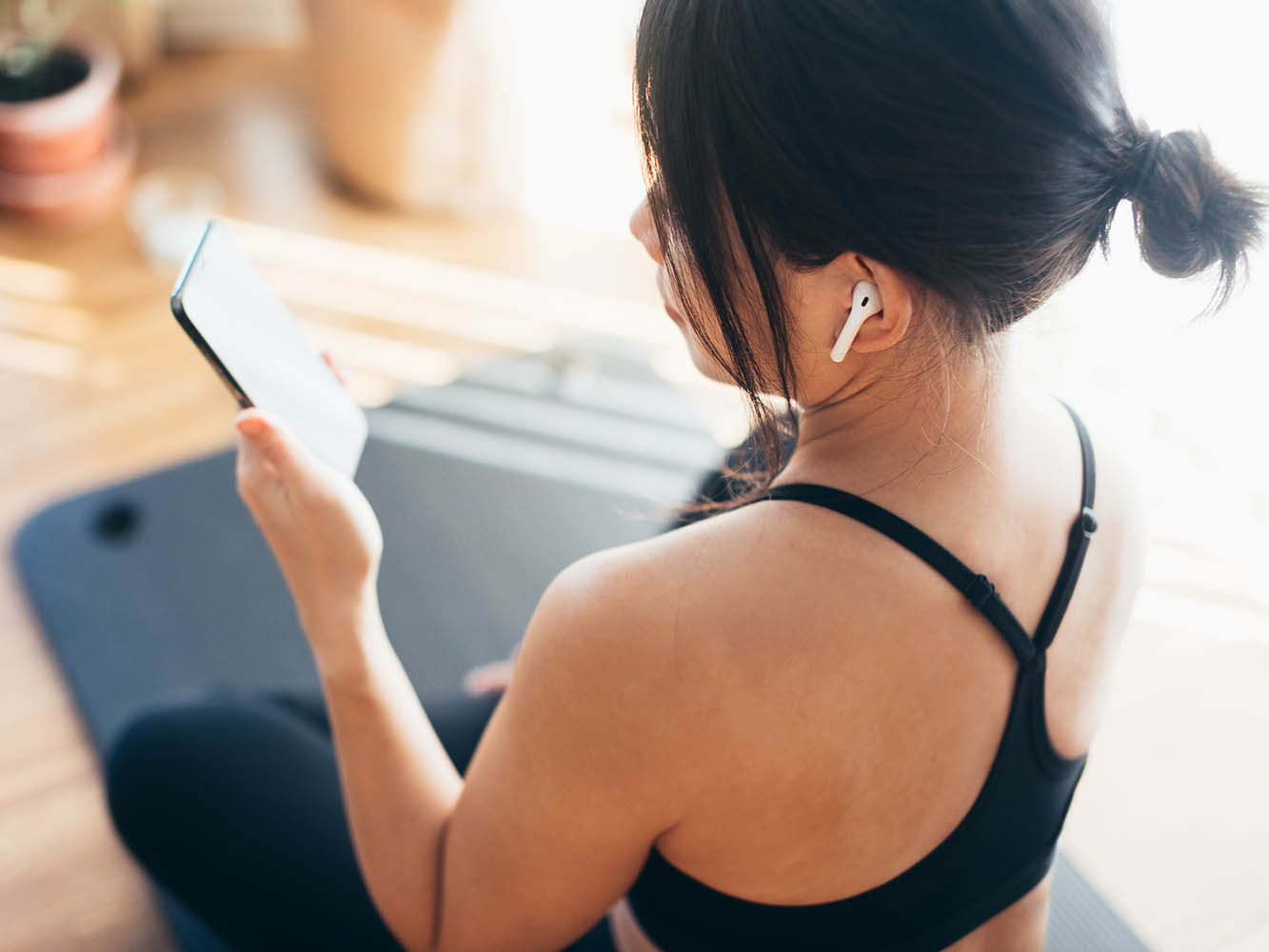
I never considered myself a "cardio" person or, if I'm being really honest here, an athletic person in general. I played a few sports in middle school for the sole purpose of hanging out with my friends, and in high school, I did the bare minimum—I did one season on the JV swim team so I could get out of another semester of PE. So yeah, you can call me sedentary Sarah.
In college and after college, I'd try to keep up fitness-wise to make sure I was staying healthy, but I still felt meh about it all. Then in 2013, when everyone was getting on the indoor cycling train, I jumped on it. And I found my gateway to actually enjoying exercise and cardio. Ever since then, my routine has been pretty much set with mostly spin and barre classes. That's not to say I was consistent, though. There would be some weeks or months when I would diligently attend classes and other times when I would make it to maybe one class a week at most.
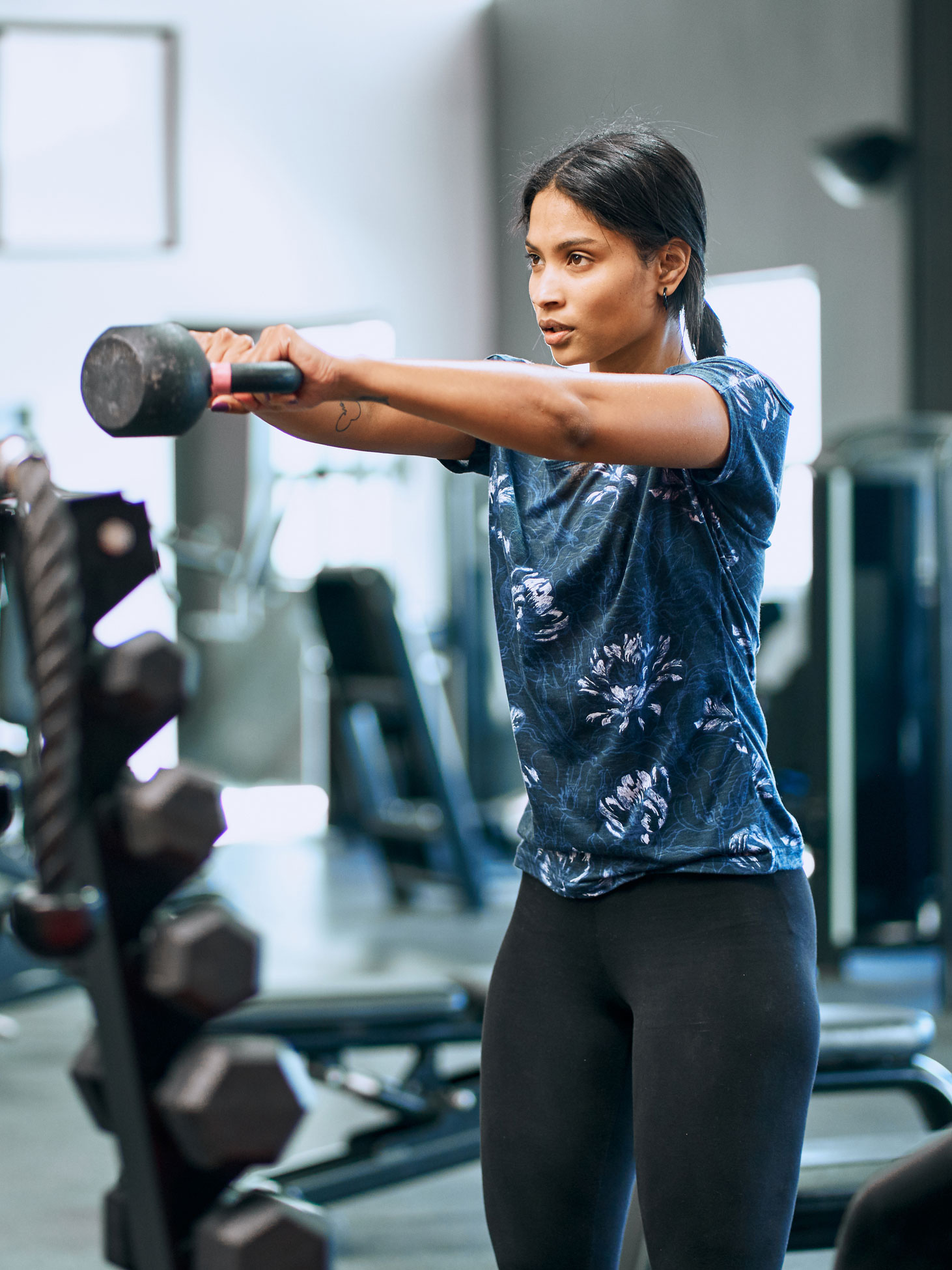
Then, quarantine happened this year, and it upended everything in my life, including my already wishy-washy workout routine. But like a lot of people out there, I got into the at-home workout craze. I've tried a bunch of different streaming workouts in the past couple of months—strength training, Pilates, barre, and yoga—but I couldn't find a good way to get cardio in. And by the summer, I was feeling uninspired, and the novelty of working out at home had suddenly worn off.
Maybe you're feeling the same way right now and are looking for new ways to change things up and make your workouts more effective. I recently got a Peloton bike to feed my indoor cycling needs, so that's been my personal solution to sticking to an effective routine. I now work out every day and actually enjoy it. But if you can't swallow the price tag or don't like indoor cycling, there are still a lot of other options for you when it comes to at-home cardio workouts. I asked some trainers for their tips.
Why is cardio important?
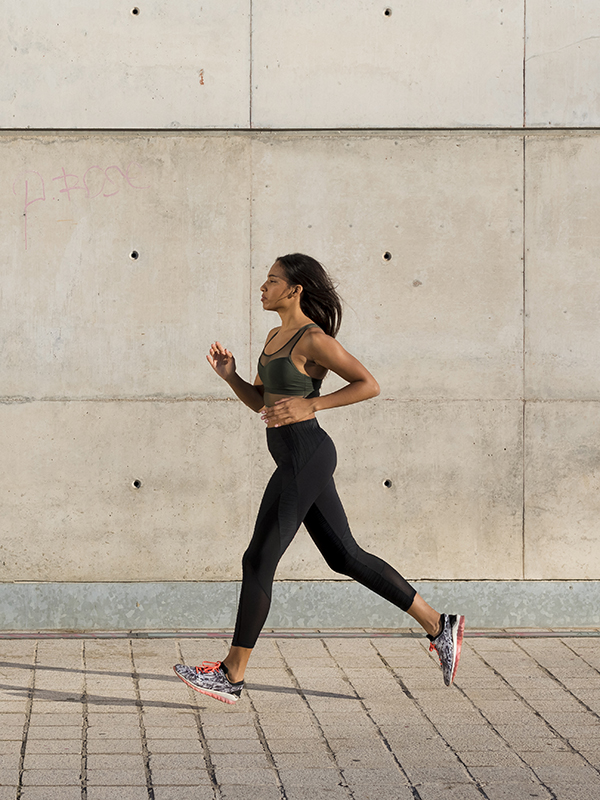
"Cardio is so important for your cardiovascular and mental health!" says Peloton instructor Jess Sims. "We are not meant to be sedentary, but a lot of us lead mostly sedentary lives. When you work out, you breathe harder, which means more oxygen can get to the brain. Cardio can help lower the risk of heart disease (and many other diseases), helps you sleep better, helps with stress management, and strengthens your bone density."
While the heart health benefits are so great, the mental health aspect is even better, especially now when life can feel so stressful and bleak. Cardio can really boost your mood. "As most of us know, cardio workouts can be tough, so pushing yourself and conquering a difficult session can give you a great sense of accomplishment and pride, explains Ashley Joi, a trainer on the health and fitness app Centr. "Once you've got those exercise endorphins going, you feel like you can conquer anything!"
What if you hate cardio?
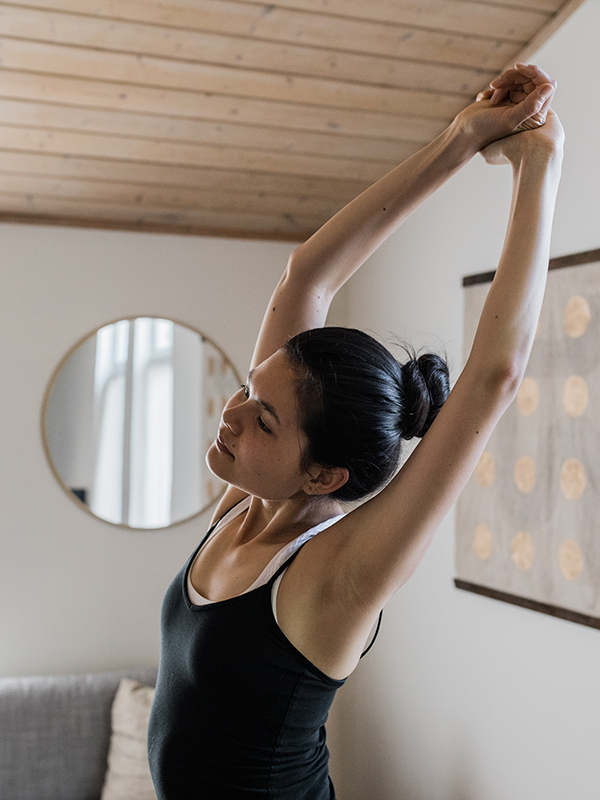
When I discovered spin classes, I realized that I didn't really hate cardio—I just hadn't found a cardio workout that I actually liked. Sims agrees with that and says someone who "hates" cardio might be putting too much pressure on themselves to achieve a certain goal and that they're not enjoying the actual process of working out. "I have found that folks engage in cardio in order to look a certain way, or they run for 30 minutes after not running for years and are so sore and can't walk for days," she says. "If we change our perspective to knowing that cardio is great for our mental and physical well-being, we begin to see the physical results as just a bonus, not the focus."
If you don't like running or indoor cycling, there are so many other options for a favorite workout. "Mine is dance! I get my cardio in and my dance on at the same time," says Keaira Lashae, fitness trainer and founder of Move. "You don't have to do the typical cardio like running on a treadmill. You can go swimming, rowing, biking in your neighborhood, play with your kids, etc. I also love jumping at the trampoline park with my daughters. It's exhausting, and we have a blast!"
What makes an effective cardio workout?
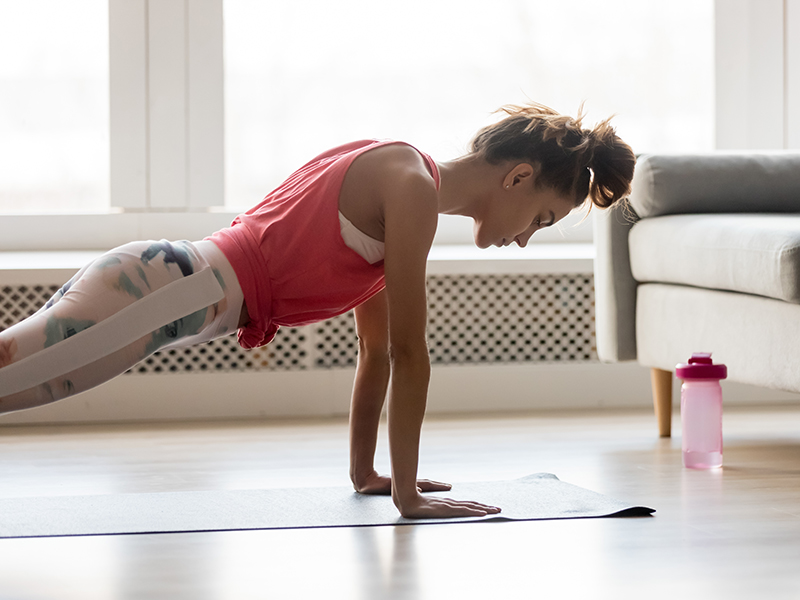
It sounds a little cheesy, but for an effective workout, you need to give it your all. "Make sure you're giving lots of effort when doing your workout," Lashae says. "Put 100% into it so you know it will pay off. Your 100% is not anyone else's. You know what you're capable of and how hard you can go."
Tone It Up trainer Stef Corgel recommends paying attention to how you're feeling, specifically your heart rate and breath rate. If you're feeling a bit winded or breathless (in a good way) during certain parts of your workout, you're on the right track. "The secret to getting results is working at around 75-90% max effort for the working phase to get your body into that fat-burning zone," adds Joi. "Putting your heart rate at that level forces your body to adapt to the demands of the workout and pushes your metabolic response. If you use a wearable like an Apple Watch, you can monitor your heart rate that way, or otherwise, just check—can you still carry out a conversation? If so, you can probably push harder!"
It helps to set an intention for your workout and stick to it. Will it be an active recovery day, or are you going harder? Make a plan around that intention. "If it's more of an active recovery day, take it easy and have longer recovery intervals," she explains. "If you're doing HIIT training, keep your work to under 60 seconds, and each recovery should be enough to bring your heart rate down (so that you can rev it up again in the next interval!). If you're doing interval training, your intervals can be longer, and recoveries can be more active recoveries (e.g., jog a recovery during intervals versus walking a recovery during HIIT). If you're working on endurance, keep a steady conversation pace during the workout."
As for how long your cardio workouts should be, it can really run the gamut. "Cardio recommendations start at 150 minutes of moderate aerobic exercise per week or 75 minutes of more strenuous, intense exercise per week," Corgel says. "You can totally get creative with it and split up sessions however you like!"
How much cardio you incorporate into your workout routine depends on your goals. Joi says someone training for a marathon would have a different cardio game plan than someone who wants to build more muscle mass. On average, she recommends two to three days of cardio and three sessions of strength or resistance training. "Always think time before distance when starting off increasing your cardio," she says. "It is better to be active for 20 to 30 minutes than to feel defeated that you can not run a mile in a specific amount of time. When your goal is to maintain your muscle mass, think of switching your cardio to sprints to fire your fast-twitch muscles rather than a slow, longer run (slow-twitch muscles)."
More Cardio Tips
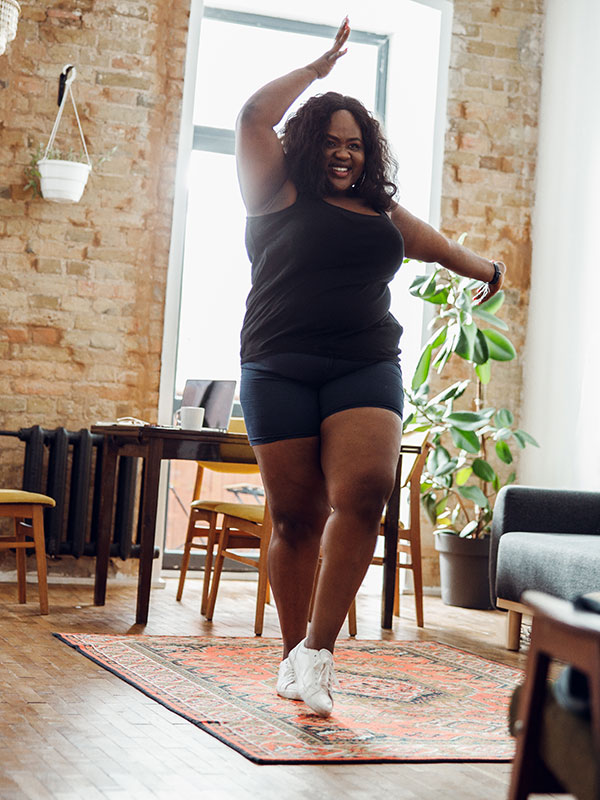
There are a few things to keep in mind when it comes to making your cardio workouts effective and fun:
Try new things. "I recommend switching up modes of cardio regularly!" Corgel says. "Aside from running and cycling, any movement that elevates your heart rate over a sustained period can be considered cardio. Try HIIT workouts with or without weights, rowing, dancing, swimming, jumping rope, skiing, rollerblading, playing an active sport like basketball, or a creative combination of these options!"
Form is important. "During cardio workouts, form and heart rate should be monitored throughout to ensure effectiveness and prevent injury," Corgel explains. "These are the important foundations to lay before any intensity is added. Pay attention to what happens to your form when you become fatigued and heart rate when you come in and out of intervals. Your active recovery speed/intensity can act as your recalibration zone."
Intensity and consistency are key. You don't need to work out for hours to get results. "It's about intensity and consistency, not staying in the gym for hours," Joi says. "People also sometimes think that cardio means bodyweight only, but it doesn't have to—add dumbbell or kettlebell exercises to change it up, or if you're in the gym, machines like the rower are great tools."
Use a heart rate monitor. "If you're doing heart rate zone training or engaging in HIIT cardio, it might be advantageous to have something to monitor your heart rate to make sure that you are achieving what you are trying to get out of a workout," Sims says.
Be patient with yourself. "Lots of people also have the misconception that they are either 'good' or 'bad' at running and other forms of cardio, but remember, you have to start somewhere. No one is born a runner—they put in the work to improve. People often focus on what they can't do when training, but I like to focus on what they can do and then help them get better from that."
Consult your doctor. Sims says if you have any injuries, are pregnant, or have special conditions or chronic illnesses, it's best to consult a physician before you start a new cardio regimen.
At-Home Cardio Workouts You Can Try
Ready to add some cardio to your workout? I asked the trainers for some ideas that you can try at home:
Running. This one's a no-brainer, but you can change things up based on your own preferences. "Some people love long-distance running, but if you don't see yourself as a cardio person, you might prefer short, sharp bursts of intensity that challenge you and keep you guessing at the same time," Joi says.
Cycling. You'll need equipment for this, but cycling is a fun way to get cardio in. If you don't have a stationary bike, you can get on your bike and explore your neighborhood.
Jumping Rope. When was the last time you jumped rope? If it was in grade school, it might be time to pick it up again. "I absolutely love jumping rope! It is full body, it is humbling, and it makes you feel like a kid again!" Sims says.
HIIT or Tabata: Joi says a HIIT or Tabata-style workout where you're doing short bursts of intense activity is a great form of cardio, or add weights for a HIRT (high-intensity resistance training) style workout.
Swimming. If you're lucky enough to have a pool at home or access to one, swimming is a cardio option that's low impact, which is great if you want to take it easy on your joints or if you have an injury.
Mat Workouts. "If you're short on space, roll out an exercise mat and focus on bodyweight moves like burpees, lunges, and squats. You can create an effective workout without needing a lot of space," Joi says. "If you live in an apartment and you're worried about your neighbors, just take out the jumping exercises."
Dancing. Lashae says this is her absolute favorite way to get cardio in at home. She has various dance programs on her workout app, including a booty-toning program. Dancing is a lot of fun and doesn't require equipment, and when you're doing it from the comfort of your own home, you don't have to worry about messing up and can really let loose.
Rollerblading. If you haven't jumped rope in a while, you might not have strapped on a pair of roller skates or Rollerblades recently. It's a fun way to mix it up with your cardio methods.
Workout Gear Recs
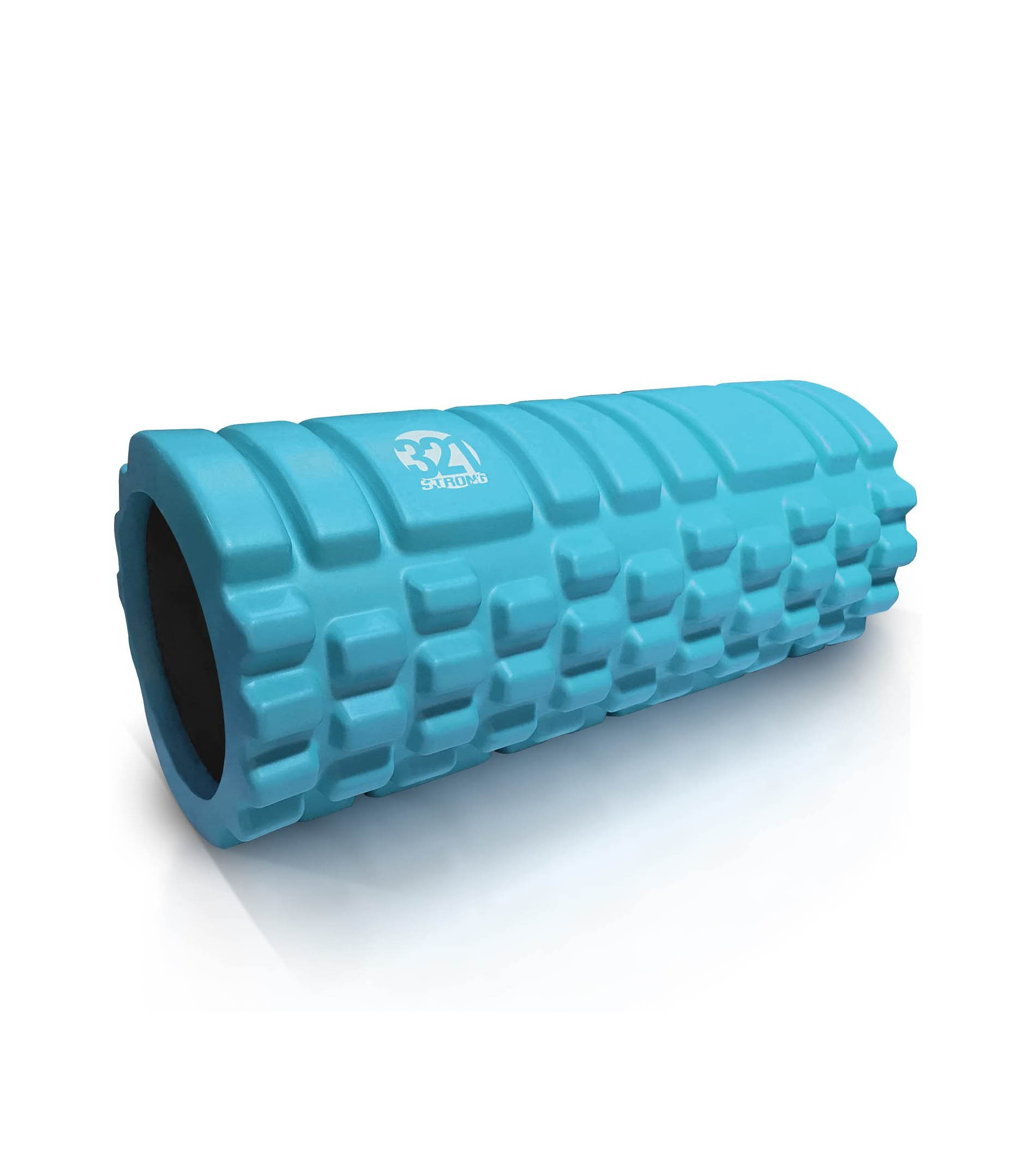
A foam roller can help with muscle recovery and stretching.
Next up: 11 Foods to Eat for a Better Workout
This article is provided for informational purposes only and is not intended to be used in the place of advice of your physician or other medical professionals. You should always consult with your doctor or healthcare provider first with any health-related questions.
Sarah is lifestyle writer and editor with over 10 years of experience covering health and wellness, interior design, food, beauty, and tech. Born and raised in Los Angeles, she attended New York University and lived in New York for 12 years before returning to L.A. in 2019. In addition to her work atBest Knockoff Luxury Clothing , she held editor roles at Apartment Therapy, Real Simple, House Beautiful, Elle Decor, and The Bump (sister site of The Knot). She has a passion for health and wellness, but she especially loves writing about mental health. Her self-care routine consists of five things: a good workout, “me” time on the regular, an intriguing book/podcast/playlist to unwind after a long day, naps, and decorating her home.
